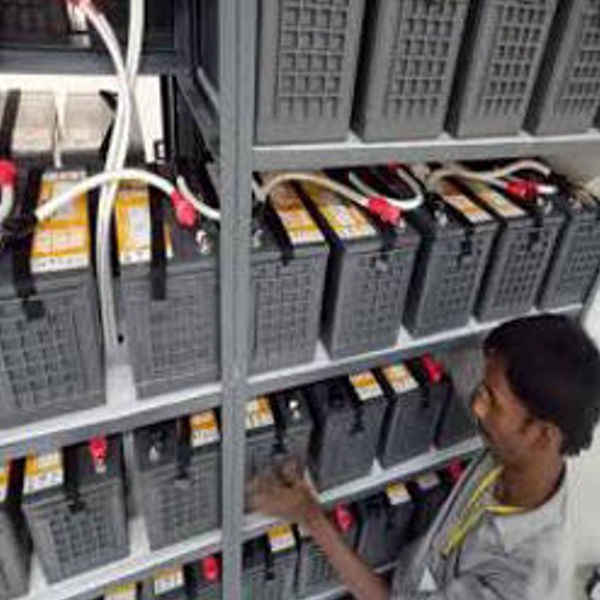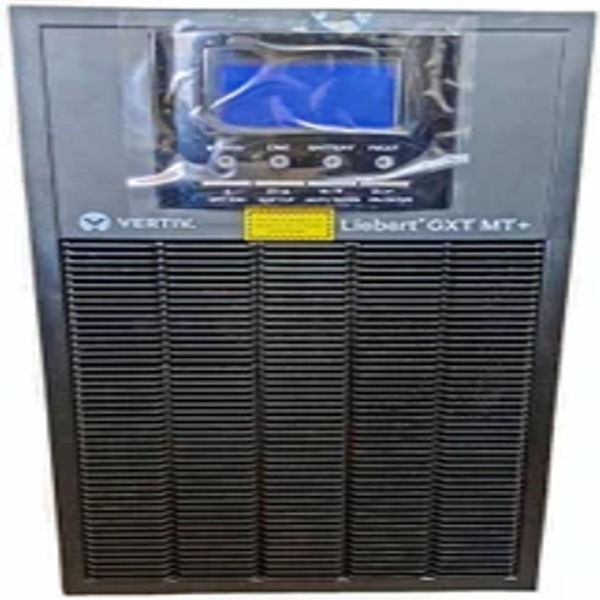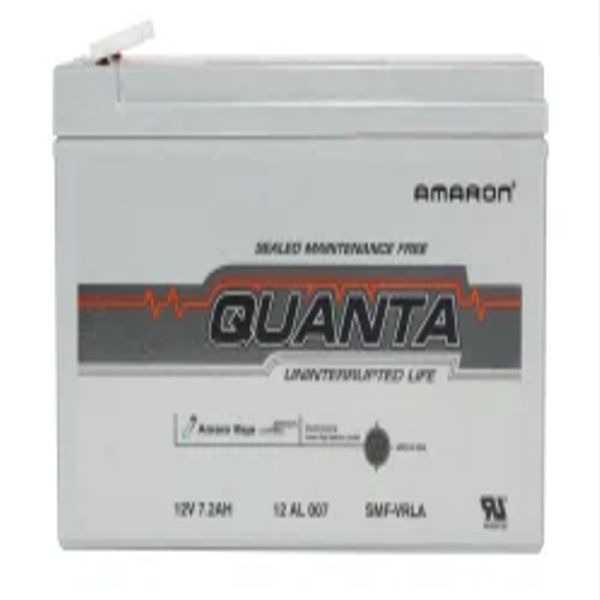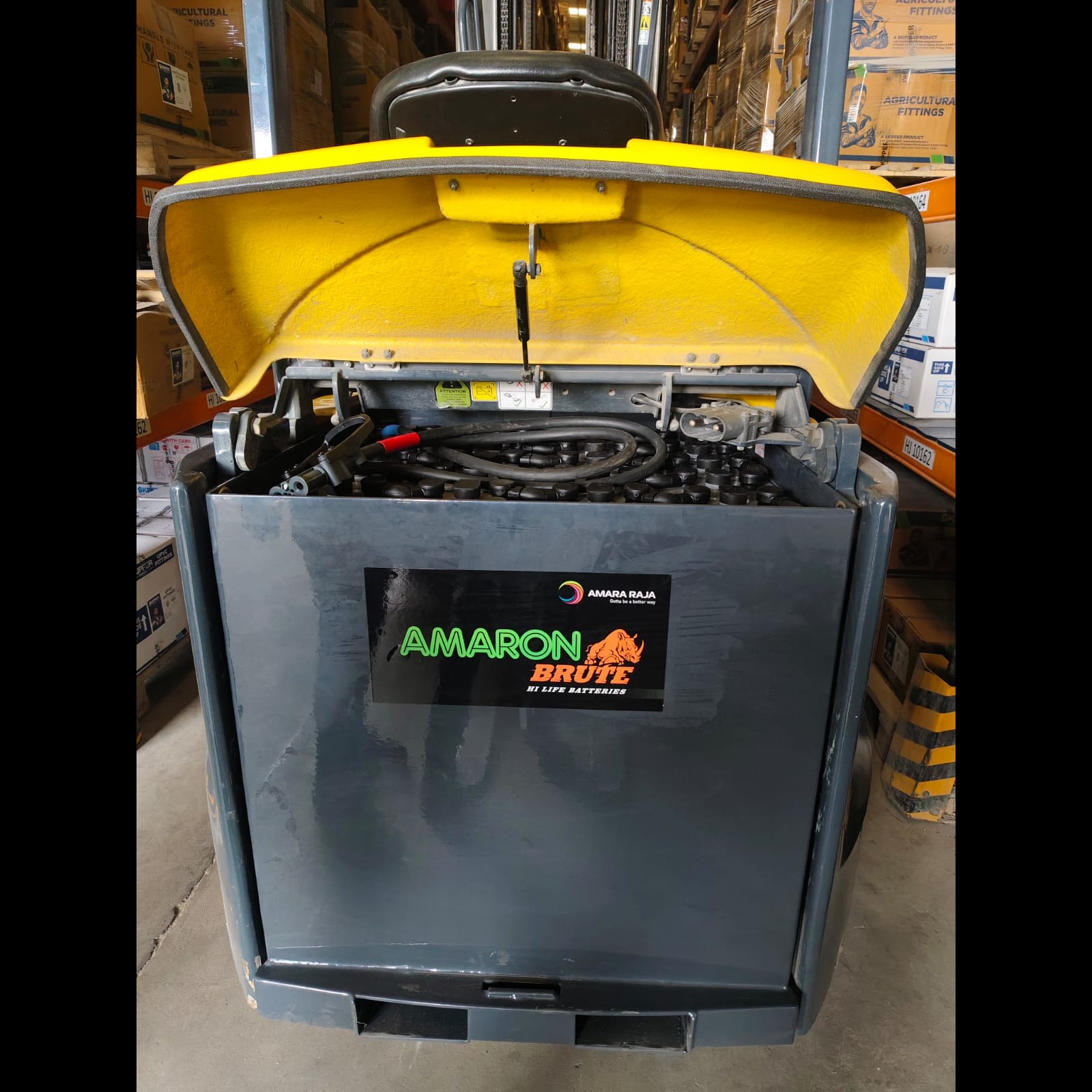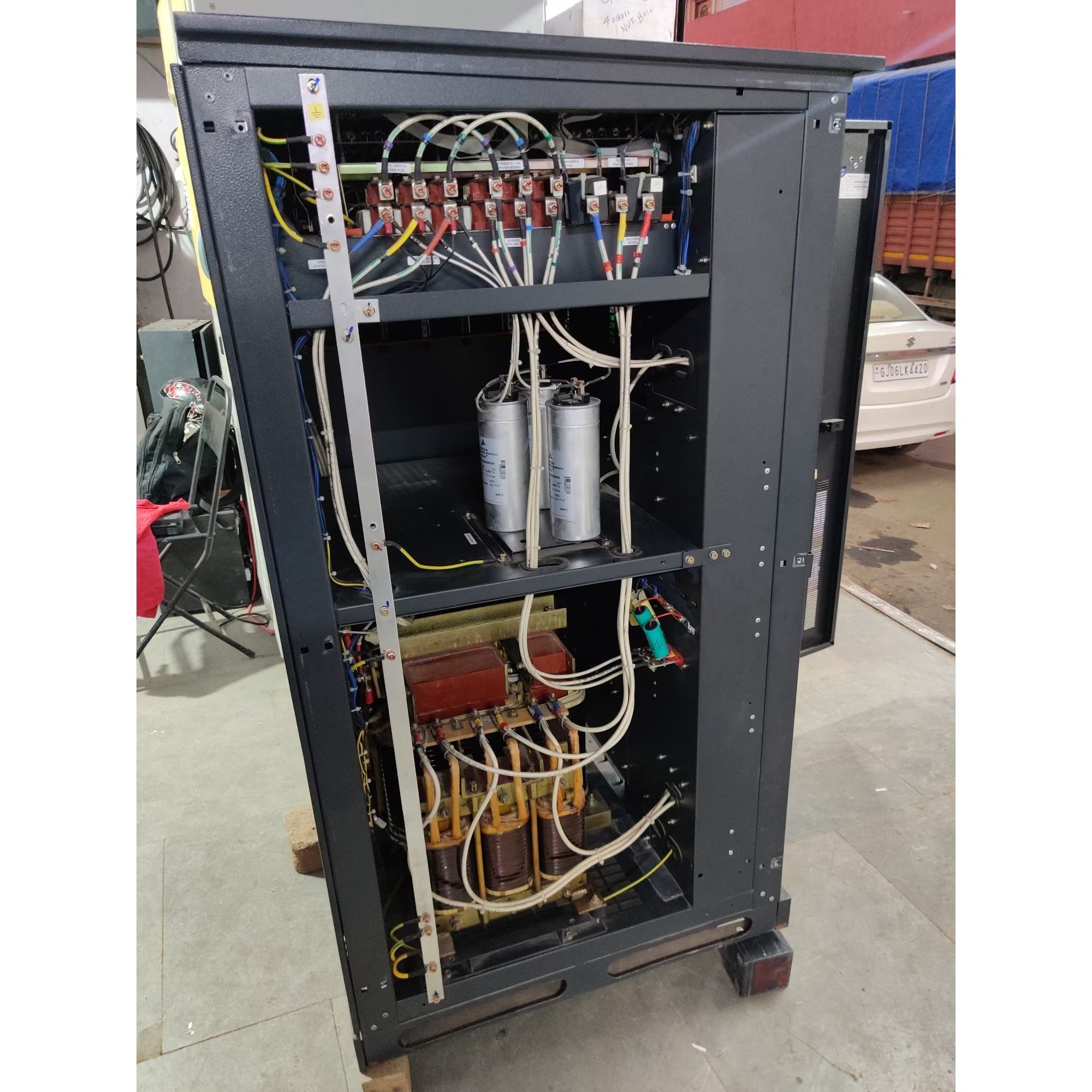
UPS AND BATTERIES REPAIR & MAINTENANCE
UPS (Uninterruptible Power Supply) systems and their batteries require regular maintenance and repair to ensure reliable performance. Here’s a comprehensive overview of key aspects related to UPS and battery maintenance:
Regular Inspections: Conduct routine checks for physical damage, corrosion, and loose connections. Look for leaking batteries or swelling, which indicate the need for replacement.
Float Voltage Monitoring:
Maintain the float voltage as per manufacturer specifications, typically between 2.25 to 2.27 volts per cell.
Regularly measure and adjust the voltage to prevent overcharging or undercharging, both of which can lead to premature battery failure.
Battery Types:
Common types include Valve Regulated Lead Acid (VRLA) and Lithium-Ion batteries.
VRLA batteries are cost-effective and reliable, while Lithium-Ion batteries offer longer lifespans and faster recharge times.
Preventive Maintenance:
Schedule periodic maintenance visits to assess battery health through voltage assessments and load testing.
Check electrolyte levels and specific gravity for flooded batteries, and record all readings for future comparison.
Environmental Considerations:
Keep UPS systems in a controlled environment, ideally around 77°F, to maximize battery life.
Avoid placing UPS units near windows, corrosive fumes, dust, or moisture.
Battery Life Expectancy:
Monitor cycling and usage patterns to predict battery end-of-life.
Use cycling monitors to plan for timely replacements and avoid unexpected downtime.
Storage and Charging:
Store replacement batteries properly and charge them every six months to prevent capacity loss.
Follow the manufacturer’s charging procedures to maintain warranty validity.
Remote Monitoring Technology:
Implement remote battery monitoring systems to track performance metrics like float voltage and internal resistance.
These systems can provide alerts for maintenance needs and help predict battery failures.
Standards and Guidelines:
Follow IEEE standards for battery maintenance, including IEEE 450 for vented lead-acid batteries and IEEE 1188 for VRLA batteries.
Adhering to these standards ensures best practices in battery care and maintenance.
Replacement and Disposal:
Replace batteries as they reach the end of their life cycle, typically every 3-5 years depending on usage.
Dispose of old batteries properly to comply with environmental regulations.
By following these guidelines, you can ensure the longevity and reliability of your UPS systems and their batteries, minimizing the risk of unexpected power loss and maintaining operational efficiency.
Keywords
ieee 1188
ieee 450
227 volts
ups systems
maintenance replacement
voltage assessments
float voltage
environmental regulations
usage dispose
35 years depending
standards ensures
provide alerts
internal resistance
timely replacements
cycling monitors
usage patterns
specific gravity
prevent overcharging
loose connections
comprehensive overview
battery maintenance
batteries minimizing
batteries properly
flooded batteries
leaking batteries
battery care
disposal replace batteries
vrla batteries adhering
vented leadacid batteries
predict battery endoflife
assess battery health
maintaining operational efficiency
unexpected power loss
life cycle typically
track performance metrics
manufacturers charging procedures
controlled environment ideally
cell regularly measure
manufacturer specifications typically
physical damage corrosion
key aspects related
